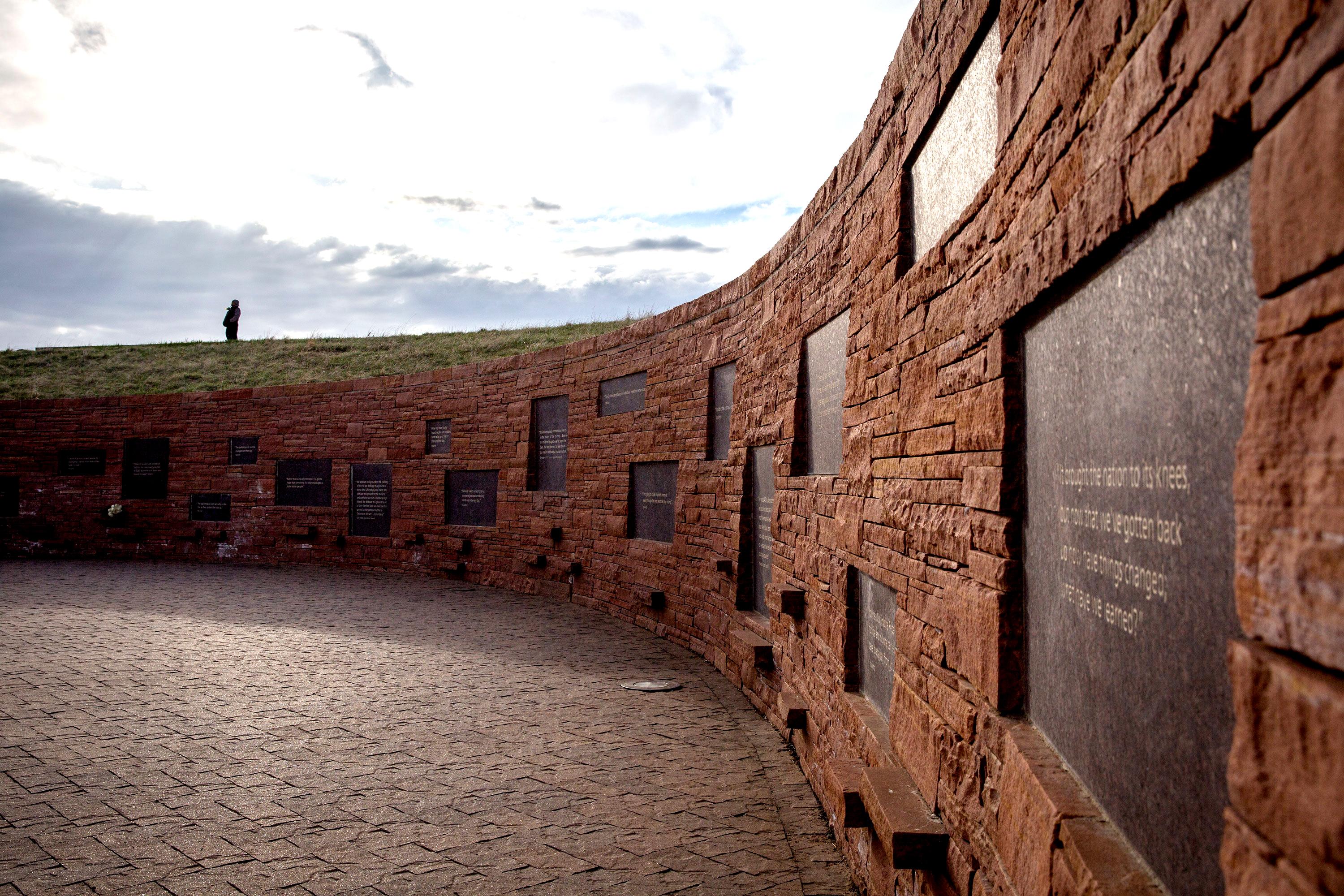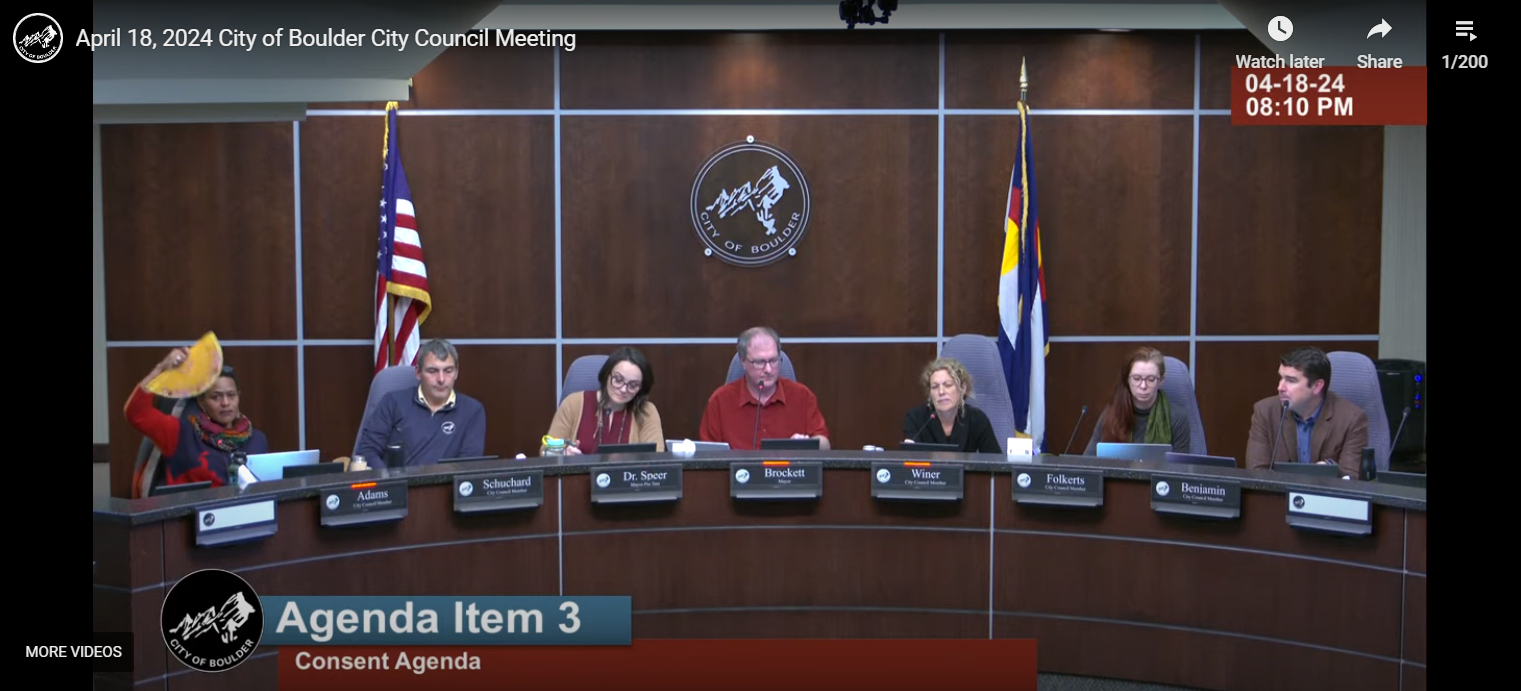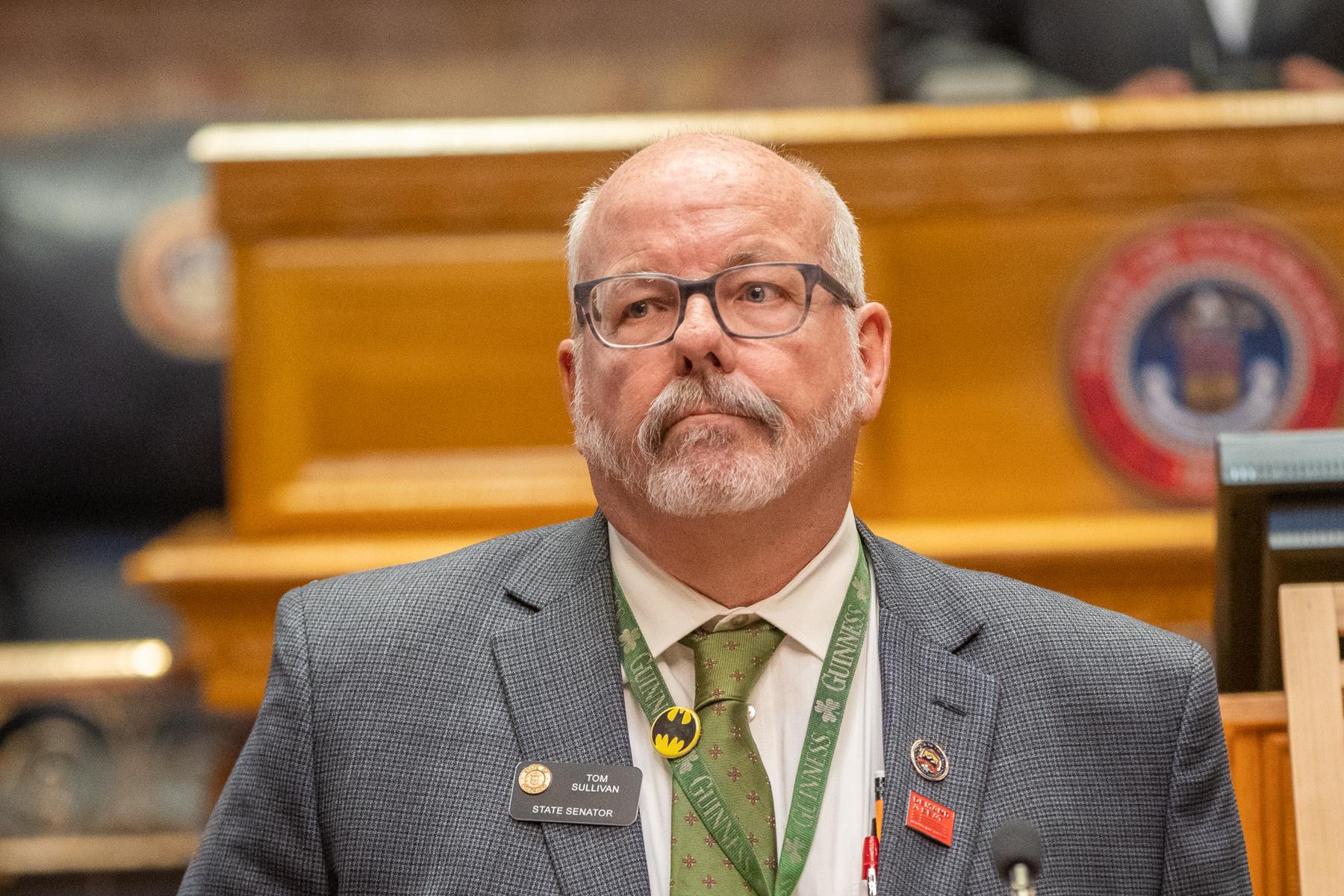
This is “Looking UP! in southern Colorado,” from the Colorado Springs Astronomical Society. I’m Hal Bidlack, and there are lots of reasons to look up!
Last month we talked about the star Deneb, which makes up the tail feather in the constellation Cygnus the Swan. Today let’s talk about the star at the other end of the Swan, Albireo.
Albireo is the head of the Swan. It’s original Arabic name meant “the hens beak,” because this constellation really does look like a bird in flight.
When you look at Albireo with the naked eye, you are not very impressed. It’s a somewhat dim star, in fact it’s only the fifth brightest star in the whole constellation of Cygnus. But when you look at Albireo through a telescope, you see something remarkable. Albireo might be the most famous and most observed double star in the northern sky. There are two kinds of double stars – optical double stars are stars that happen to line up in the night sky and look close to each other even though they’re actually nowhere near each other. True binary stars, however, are actually revolving around each other, and Albireo is one of these true binary stars.
But what usually takes a first time observer of Albireo’s breath away are the colors you see in both stars. In Colorado we often call Albireo the “bronco star” because one star, Albireo A, appears an orange-ish yellow and the other, Albireo B, bright blue. They really are beautiful and you want to come to a star party to see them.
The blue star is incredibly hot, at over 20,000°F. The yellow/orange star is much cooler at only 8000°F. Both stars put out much more light than than our sun -- burning 190 times and 950 times brighter than our sun respectively. And the blue star spins on its axis at an amazing speed. If you could stand on its equator you’d be spinning at over 550,000 miles per hour. And while the stars appear close to each other through a telescope, they are actually quite distant from each other. It is estimated that it takes over 100,000 years for them to revolve around each other one time. Go Broncos!
If you’d like to take a closer look at Albireo or any of the other wonderful and amazing things in the sky, please visit KRCC.org or CSASTRO.org for a link to information on our monthly meetings and our free public star parties!
This is Hal Bidlack for the Colorado Springs Astronomical Society, telling you to keep looking up, Southern Colorado!








